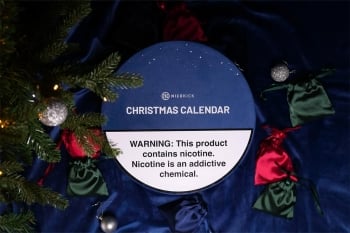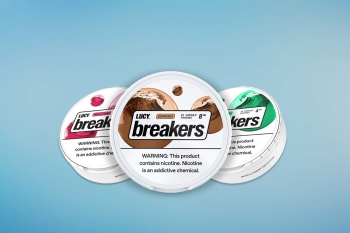Pouch Perfect Blog
Similar to "upper decky" or "lip pillow," nicotine pouch users come up with new, creative ways of describing the category all the time. We look at the latest trend to emerge on social media.
Our Head of Regulatory Affairs shares her key takeaways from the Food & Drug Law Institute's annual tobacco conference for 2025.
Count down to Christmas with Nicokick’s first ever nicotine pouch Advent Calendar—containing 25 cans, 10 brands, and daily surprises.
Lucy Breakers — nicotine pouches with a pop! Discover how their crushable flavor capsule works, what users think, and whether these innovative pouches are worth trying.
Recent moves by the FDA signal greater collaboration between regulators, manufacturers, and retailers to build a more sustainable smokeless category—something we fully support.
This Nicokick review lays out the facts about nicotine pouches and vapes so you can find the tobacco-free alternative that fits your lifestyle (without compromising on taste or price).
There are a few key terms to be aware of when it comes to the FDA's regulation of nicotine pouches in the US. We break them down in this easy-to-understand guide.
What’s the difference between pouches and snus? Here’s a brief look so you can tell the products apart.
A new AEI report challenges common myths about nicotine. Explore why smoke—not nicotine—is the real concern, and how smarter regulation could bring clarity.
A decade after nicotine pouches entered the US market, new evidence suggests that adults who smoke are using them for harm reduction.
A new US study reveals how taxes impact e-cigarette & cigarette consumption among different age groups, offering insights for future public health policies.
Accidental exposure to nicotine pouches can be prevented with mindful storage and disposal. Learn how to protect children and ensure responsible, adult-only use at home.
We've pulled together a list of our seasonal favorites to help you decide which tobacco leaf-free pouches to pack for your next summer gathering.
Professor Fredrik Nyström has uncovered some interesting results when it comes to nicotine's effect on blood pressure, body weight & metabolic markers.


















Login and Registration Form